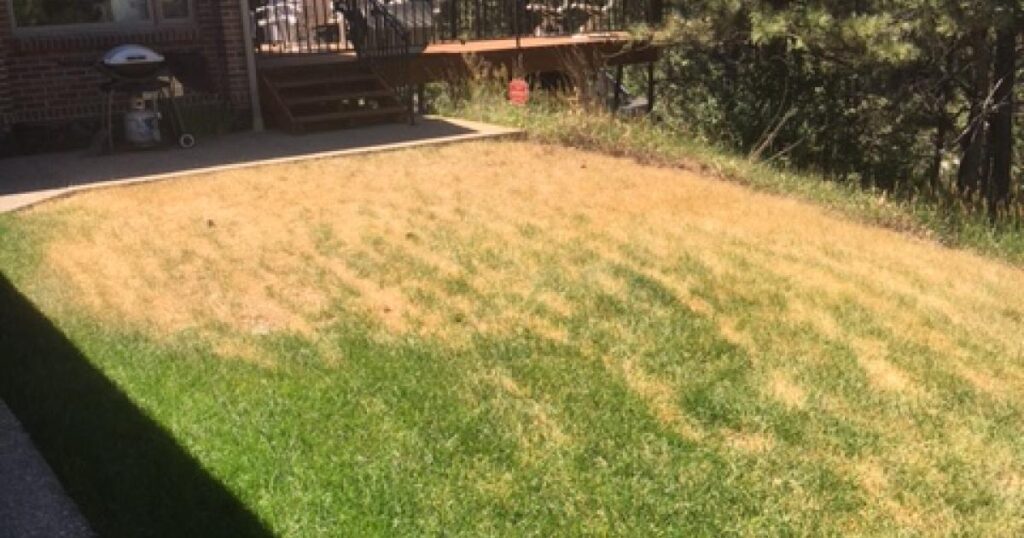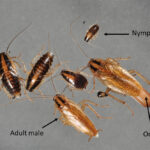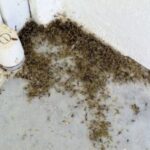Drought stress can wreak havoc on the lush, green carpet of grass that adorns your yard. As temperatures rise and rainfall becomes sparse, maintaining a healthy lawn becomes a challenging task. Understanding the effects of drought stress on grass and implementing effective strategies can help you keep your yard green and thriving even in challenging conditions.

Understanding Drought Stress in Grass
When faced with drought conditions, grass undergoes a series of physiological changes to cope with water scarcity. Initially, grass blades may start to show signs of wilting, curling, or browning at the edges as the plant conserves water. As the drought persists, the grass enters a dormant state, turning brown and appearing lifeless to conserve its energy and water reserves.
Effects of Drought Stress on Grass
- Wilting and Browning: Lack of water causes the grass to wilt and turn brown, indicating stress and reduced growth.
- Thinning and Bare Patches: Drought-stressed grass may thin out, leading to bare patches and making it more susceptible to weed invasion.
- Shallow Root Growth: To compensate for the lack of water, grass may develop shallow roots, making it more vulnerable to future droughts.
- Reduced Resilience: Drought-stressed grass becomes less resilient to foot traffic, diseases, and pest infestations, further compromising its health.
Strategies to Combat Drought Stress in Your Yard
- Proper Watering: Water deeply and infrequently to encourage deep root growth. Water early in the morning to minimize water loss due to evaporation. Consider using rain barrels or drip irrigation systems for efficient water use.
- Mowing Techniques: Raise your lawnmower’s cutting height to leave the grass taller. Taller grass shades the soil, reducing water evaporation and promoting deeper root growth.
- Aeration and Soil Improvement: Regularly aerate your lawn to allow better water penetration and airflow to the roots. Consider incorporating organic matter into the soil to improve its water-holding capacity.
- Selective Watering: Focus on watering areas that show signs of stress rather than the entire lawn. Spot-water dry patches to encourage recovery.
- Choose Drought-Resistant Grass Varieties: Consider reseeding your lawn with drought-tolerant grass species that are better suited to survive with less water.
- Mulching: Apply a layer of organic mulch around plants and grass to retain moisture, regulate soil temperature, and reduce water evaporation.
Conclusion
Maintaining a green and healthy lawn during drought conditions requires proactive measures and a thoughtful approach. By understanding the effects of drought stress on grass and implementing water-conserving techniques and lawn care practices, you can help your lawn withstand dry spells and emerge resilient and vibrant when conditions improve. Remember, a little care during drought can go a long way in preserving the beauty of your yard and ensuring a thriving landscape for years to come. Contact LydyBug Pest Control today for our help assessing your lawn issues and getting it back on track!








